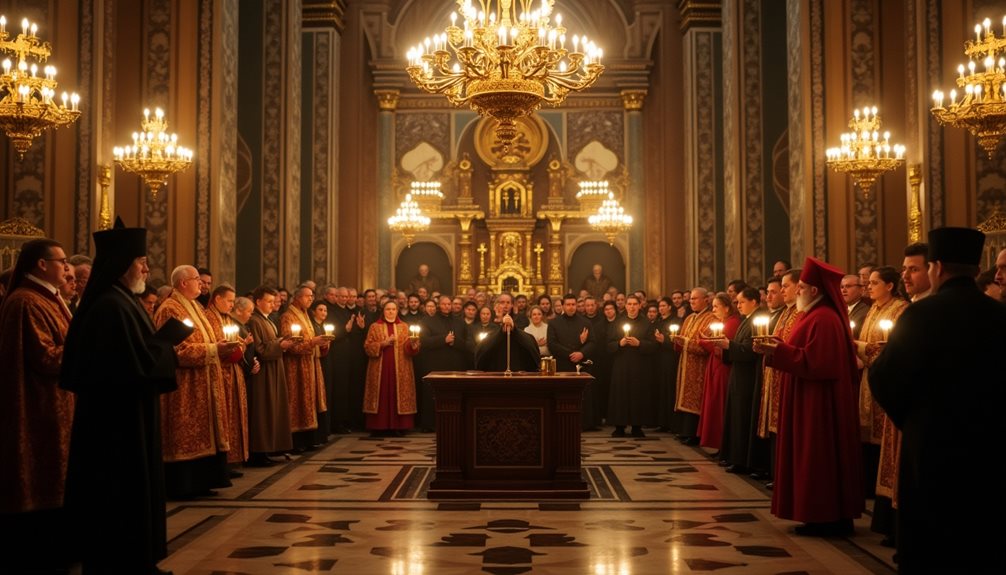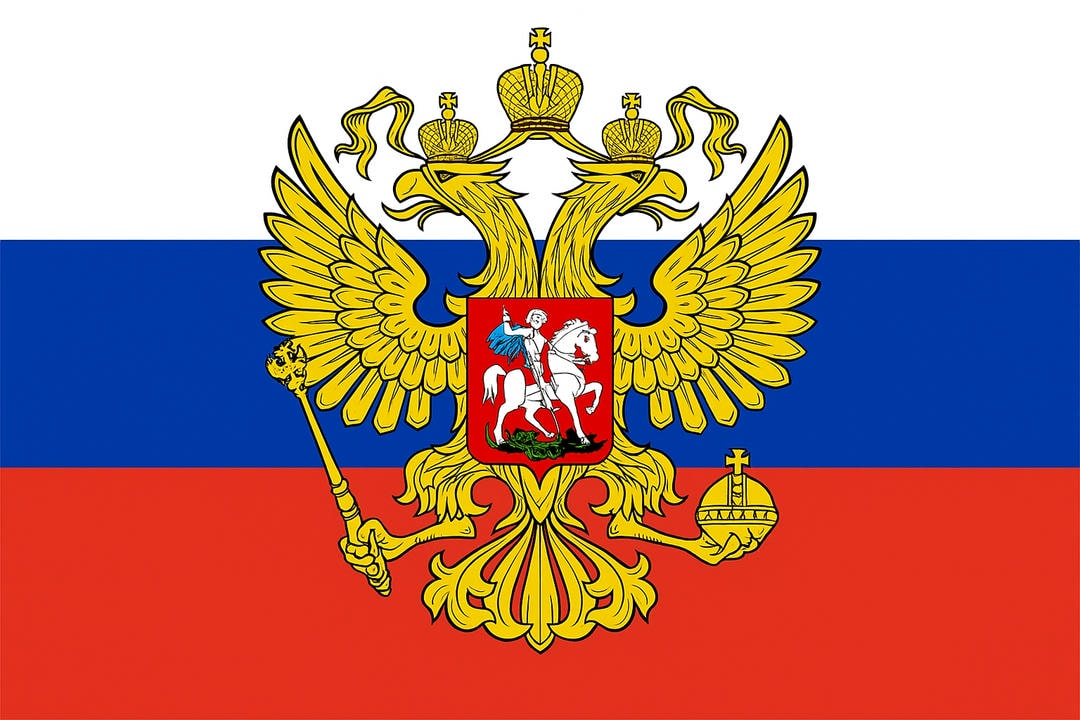Moscow State University, Russia’s oldest and most prestigious educational institution, was founded in 1755. It stands as a symbol of the nation’s enduring commitment to academic excellence and modernization. Under the patronage of Empress Elizabeth and guided by Mikhail Lomonosov, it aimed to rival Western Europe’s universities. This blend of classical European education with Russian traditions created a unique academic environment. How has this historic institution evolved while preserving its heritage?
Introduction
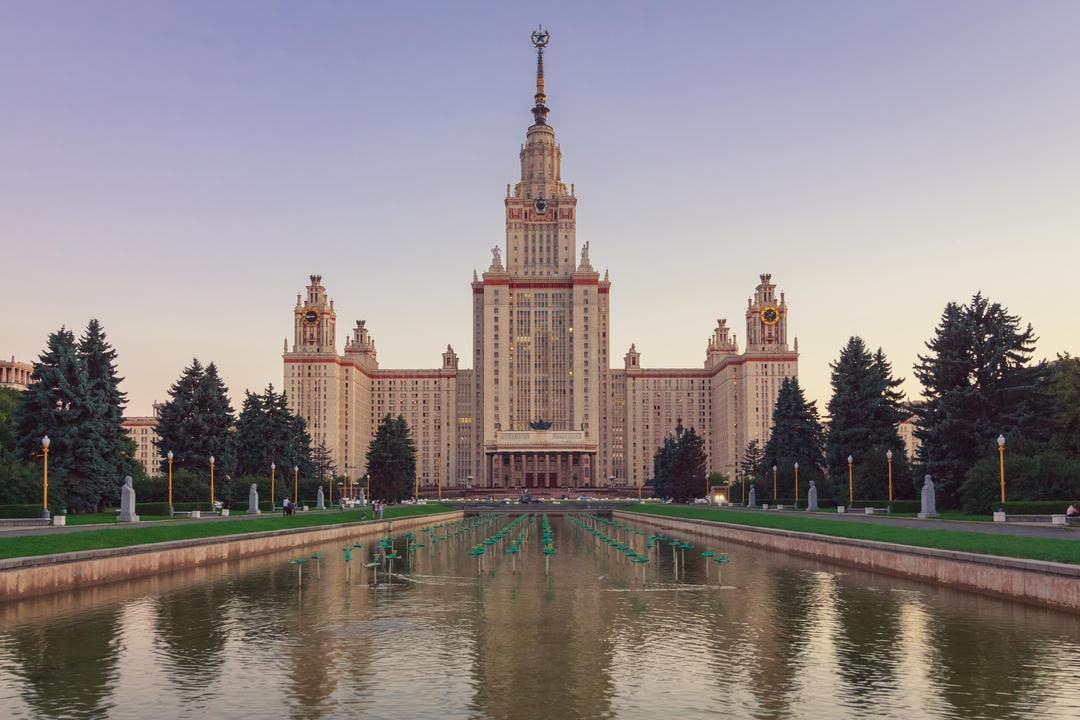
The historical significance of Moscow State University (MSU) is closely tied to the efforts of Mikhail Lomonosov, whose vision for a modern educational institution significantly shaped its founding. Lomonosov advocated for educational reforms, aiming to integrate Western scientific methodologies with Russian academic traditions in the university’s curriculum.
Russia’s Intellectual Transformation
In the mid-18th century, Russia was transitioning from traditional structures to Enlightenment ideals. The establishment of Moscow State University mirrored the growing importance of intellectual advancement. Empress Elizabeth’s endorsement of the university highlighted her commitment to modernization, while Count Ivan Shuvalov fostered its academic growth. Together, they facilitated a shift towards a knowledge-based society, symbolizing Russia’s embrace of progressive ideals and setting a precedent for future educational reforms.
From Imperial University to modern MSU

Moscow State University became a central institution in Russia’s educational landscape, reflecting the era’s shifting intellectual priorities. Under imperial influence, it symbolized enlightenment as Russia sought to match Western European academia. The university’s establishment marked a strategic move towards educational reforms, aligning with a broader agenda to modernize the state. Initially catering to the elite, its curriculum and research capabilities expanded, adapting to scientific and cultural advancements.
Key Figures in MSU’s Creation
Mikhail Lomonosov’s contributions significantly shaped the academic framework of Moscow State University. His vision, which combined Western knowledge with Russian intellectual traditions, was supported by Ivan Shuvalov, who helped turn this vision into reality. Empress Elizabeth’s patronage provided essential imperial support and resources, highlighting the university’s importance within the Russian Empire. Their collaboration established the foundation for an institution that would become a center of innovation and scholarship.
Early Structure & Curriculum
Building on the work of Lomonosov, Shuvalov, and Empress Elizabeth, the early structure and curriculum of Moscow State University were designed to integrate Western and Russian academic principles. The curriculum combined classical European educational models with Russian intellectual traditions, fostering a diverse learning environment that included philosophy, medicine, and law. The university’s neoclassical architectural design mirrored its educational ambitions, blending European aesthetics with Russian cultural elements.
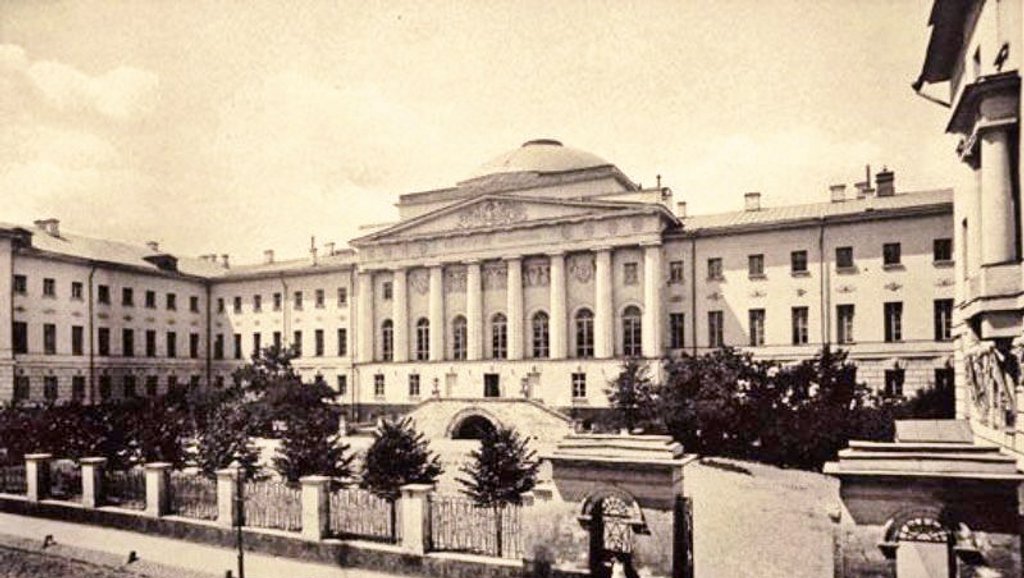
Initial Location on Red Square
Moscow State University was initially located in the Principal Medical Store on Red Square, a decision that underscored the university’s central role in Russian intellectual life. This location leveraged Red Square as a nexus of culture and knowledge. The choice of the Medical Store allowed for a swift establishment of an academic environment. Positioned at this historic site, the university was poised to become a hub of enlightenment, linking education with Russian commerce and governance, and fostering a unique academic legacy.
Original Studies and Language
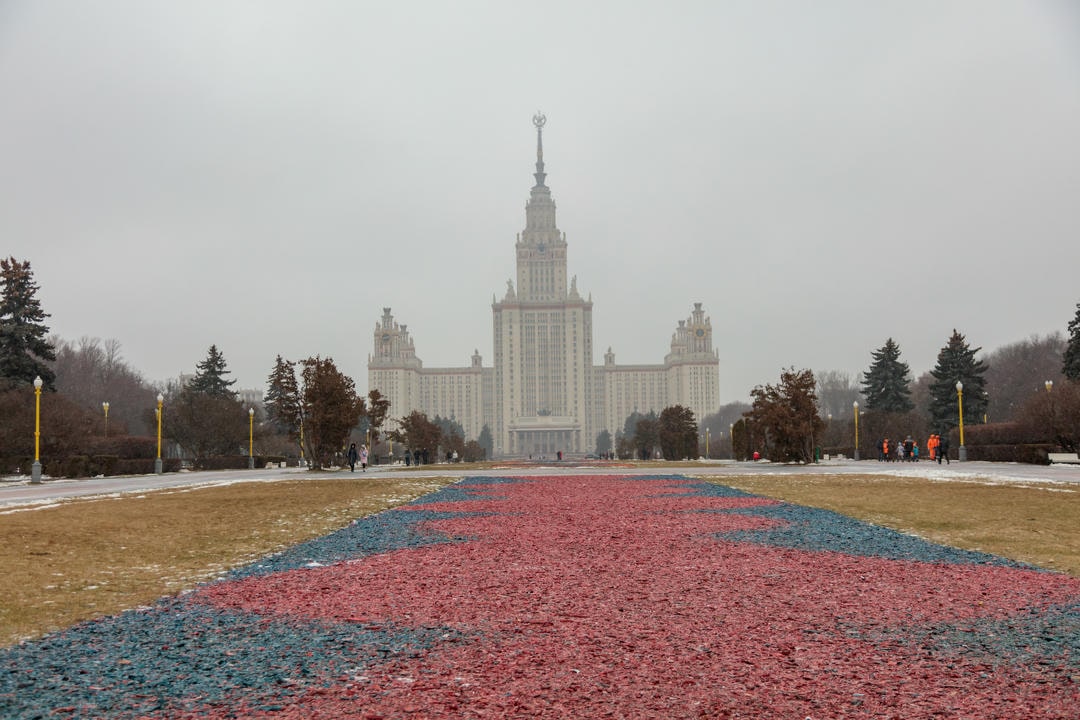
At its founding, Moscow State University was organized into three core faculties: Philosophy, Law, and Medicine. The philosophy curriculum cultivated critical thinking and analytical skills, while legal education focused on establishing a strong understanding of legal principles and promoting justice. The medical faculty was dedicated to advancing healthcare knowledge and practice. Russian served as the primary language of instruction. This initial tri-faculty structure emphasized interdisciplinary learning, establishing a foundation for innovative educational approaches.
Growth and Expansion
MSU’s development became evident through strategic growth in academic offerings and physical expansion of its campus. The institution built new facilities to support an increasing number of disciplines. This expansion broadened the curriculum, attracting a diverse student body and distinguished scholars, fostering intellectual innovation. This adaptation to evolving educational demands ensured its status as a leading center for higher learning.
Neoclassical Architecture
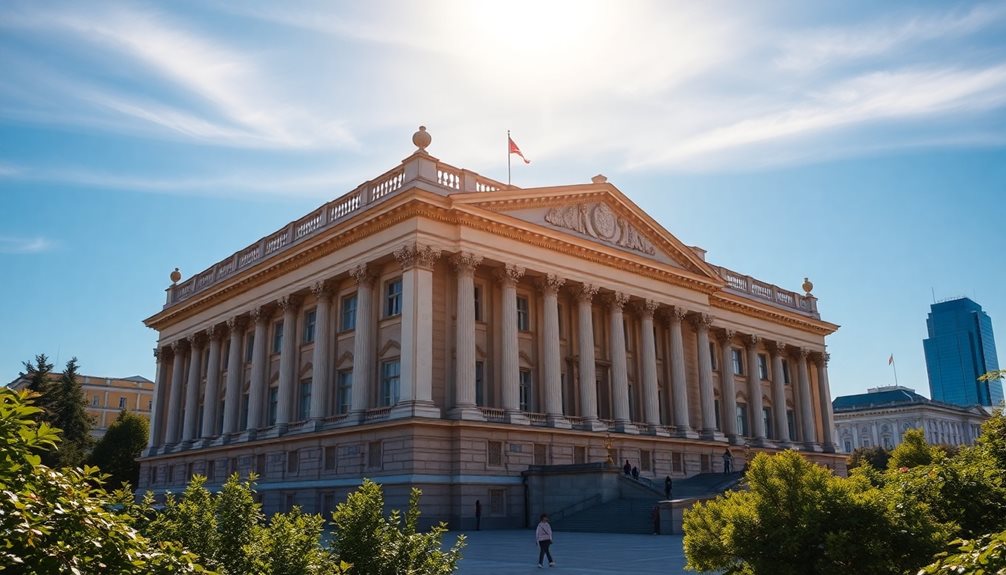
MSU initiated a significant architectural change, embracing Neoclassical design. This reflected ideals of reason and symmetry, symbolizing a new era of intellectual vigor. The architecture provided aesthetic value and facilitated innovative academic environments, with grand columns and expansive spaces enhancing functionality and prestige.
Post-Revolution Transformation
Following the revolution, MSU underwent a transformative phase that expanded its academic and research horizons. The focus shifted towards scientific and technological disciplines. New faculties emerged, reflecting a commitment to interdisciplinary research that integrated fields like physics, chemistry, and humanities. This period marked a strategic alignment of academic programs with national goals, fostering innovation. This is evidenced by the university’s increased output of research publications and studies.
Impact and Legacy
The post-revolution transformation laid the groundwork for MSU’s lasting impact. As a hub of academic influence, it redefined educational paradigms by integrating contemporary scholarship. This fostered a dynamic intellectual environment and contributed significantly to cultural heritage. Progressive curricula and research initiatives have continually influenced global academia. MSU stands as a testament to scholarly and cultural advancements.
Scientific Hub
MSU emerged as a preeminent scientific hub, producing notable alumni and pioneering research contributions. Esteemed alumni included Nobel laureates whose contributions to fields like theoretical physics advanced scientific achievements. Research flourished in mathematics, chemistry, and biology, fostering innovations that resonated globally. The environment valued rigorous inquiry and academic freedom, establishing MSU as a vital engine for scientific and technological progress.
Modern Facilities
MSU showcases its commitment to advancement through its specialized labs and institutes. These facilities foster cutting-edge research across disciplines. The campus architecture at Sparrow Hills complements these innovations. The Gorky Library integrates digital resources with traditional scholarship. These elements create an environment conducive to pioneering academic pursuits, positioning MSU as a leader in global educational innovation.
In conclusion, MSU’s strategic initiatives in research, infrastructure, and academic resources are aligned with the demands of contemporary education. Its commitment to educational reforms positions it as a beacon of innovation. By integrating technology and fostering collaboration, MSU remains at the forefront of global educational advancements. The university epitomizes a dynamic model for educational excellence and progressive reform.



